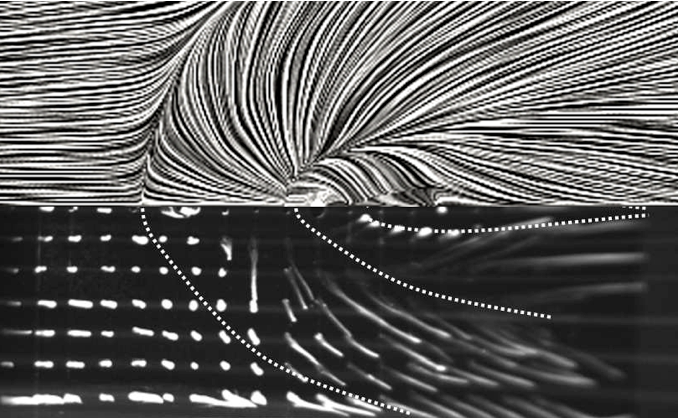The development of computational fluid dynamics and heat transfer software for supersonic flow interactions
Gas-dynamic and heat transfer mathematical model of supersonic flow over flying vehicles is developed. The model is taken into account with medium compressibility and dissipative effects leading to an increase of heating rate. Proposed model is based on physical interaction of shock wave and boundary layer. Three dimensional numerical models of flying vehicles in gas-dynamic states are developed in order to investigate different configurations concerning such systems as case - sharp swept fin, case - perpendicular cylinder, case - gas jet, case - sharp unswept fin. Experimental data, received from classical configurations of flying vehicles in supersonic flows, is used with the purpose of validation and verification of developed mathematical models of physical state during shock wave. This enables us to investigate turbulent boundary layer interactions. Assessment of different turbulence models and numerical solvers is performed. On the basis of numerical results of supersonic wing problem it is determined that reliable data can be obtained with k-w SST turbulence model and rhoCentralFoam solver. RhoCentralFoam is the part of OpenFOAM that is free open source software. New software is developed on the basis of OpenFOAM code with the purpose of numerical investigation of supersonic flow fields, heat transfer and solid body warming process. It is a powerful tool for the research of such interactions as supersonic shock wave - turbulent boundary layer and interferenсу of different configurations. Because of its universality this development can also be used for numerical analysis of different heat-exchange or high temperature equipment. The results of the work are implemented in production.

| Attachment | Size |
|---|---|
| 755.54 KB |




